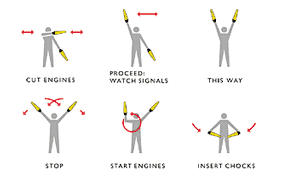Feb 23 2022
Standards, China, and the Industrial Revolution
[Featured image: a Han dynasty bronze ruler]
As a general principle, in manufacturing, you need to do the work the same way every time if you want the output to be consistent. In some cases, like extracting metals from ores, you need to tweak processes to produce consistent output from raw materials of varying compositions. Then the tweaks themselves must be executed consistently so that the response to a particular variation in ore content is always the same.
Standards are an area where China had a 2,000-year headstart but neither the scientific nor the industrial revolutions occurred there.






Mar 8 2022
The Fox Knows Many Things, But The Hedgehog Knows One Big Thing
The first I heard of the intriguing distinction between foxes and hedgehogs is in Woody Allen’s movie Husbands and Wives, in which Sally, played by Judy Davis, maniacally classifies the people in her life as foxes or hedgehogs.
We often use animal metaphors to categorize personalities, roles, or behaviors. Scrum has given us pigs, who are committed to a project, and chickens, who are merely involved. An individual may be foolishly riding a tiger, be someone else’s lapdog, or have a cat’s nine lives…
Was “the hedgehog and the fox” yet another unproven psychological theory? Sadly, yes. Modern psychologists have indeed built a theoretical house of cards on top of a poetic one-liner from 2700 years ago.
Share this:
Like this:
By Michel Baudin • Uncategorized 0 • Tags: Psychology, the hedgehog and the fox